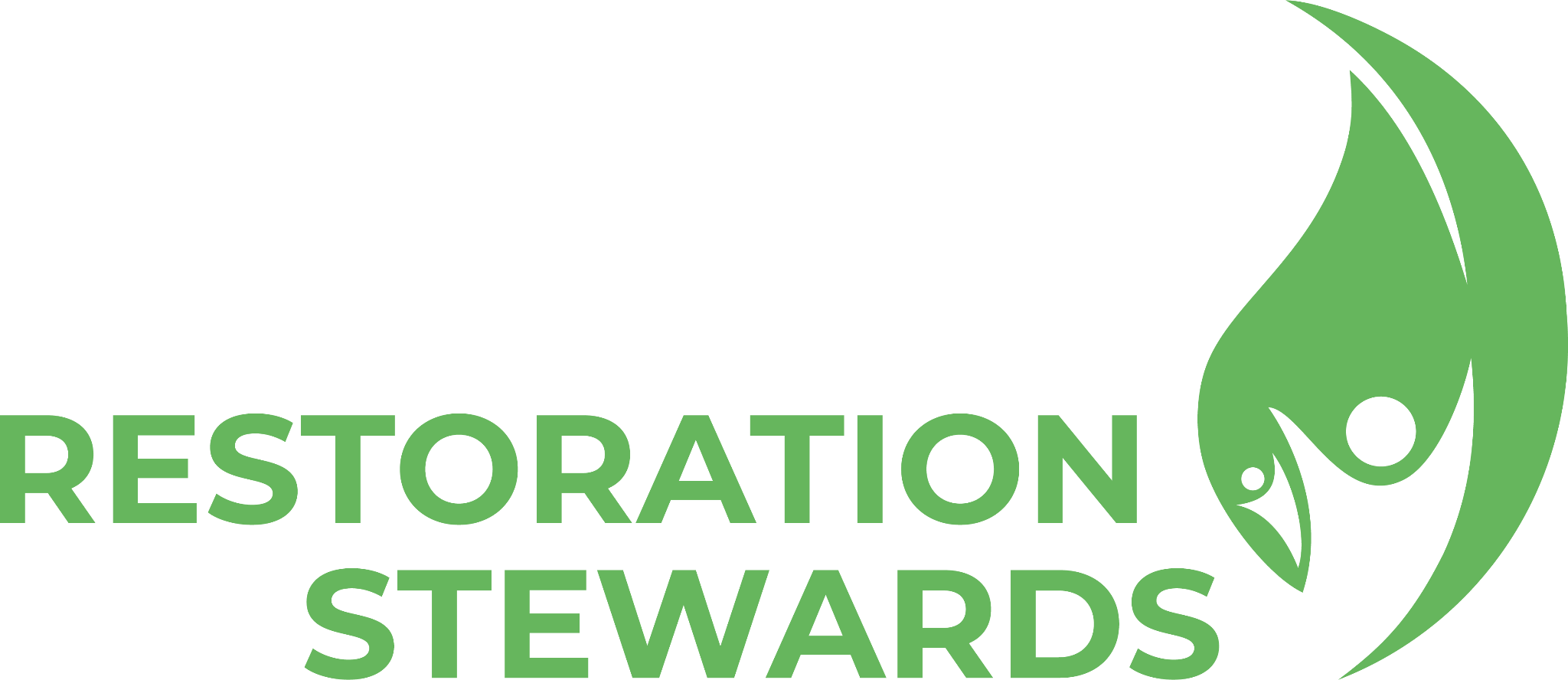Seagate Monitoring Part 2
It has been 6 months since we initiated our coral transplantation program in Padang Bai, Bali. Through periodic monitoring, we continue to assess our corals’ health, growth rate and any potential threats to the corals. The growth rate of coral might be low when there is a heavy overgrowth of algae on coral tissue. Thus far, no predators have been sighted in the area, evident from the absence of distinctive scars on coral skeleton. Parrotfish, butterflyfish, filefish, pufferfish, triggerfish and damselfish families are corallivores – meaning they predate on corals! They will create distinctive scars characterized by removal of tissue and underlying skeleton. We can identify the predator by the size and pattern of the scars.
Our corals are also happy and healthy – free of diseases! Coral disease refers to any health disorder that results in physiological dysfunction. It can be caused by biotic and abiotic diseases. Biotic diseases can be either infectious or noninfectious. The presence of clear narrow bands, white spots, red bands, or white patches and plagues, is a potential disease indicator.
The most prominent threat to our corals is unsurprisingly human activity such as harmful fishing practices. One of the corals were found detached from the structure caused by fishing lines getting stuck on the structure. In an effort to minimize these threats to our corals, we continue to engage with locals, educating them on the urgency and benefit of the coral restoration program to encourage their active involvement in protecting their coral reef ecosystem for generations to come.



